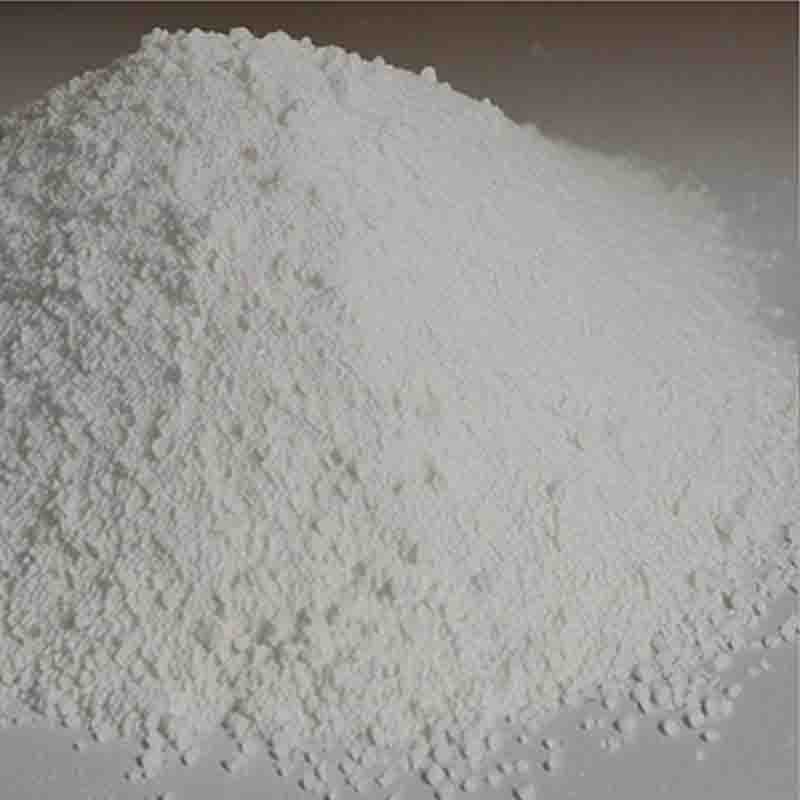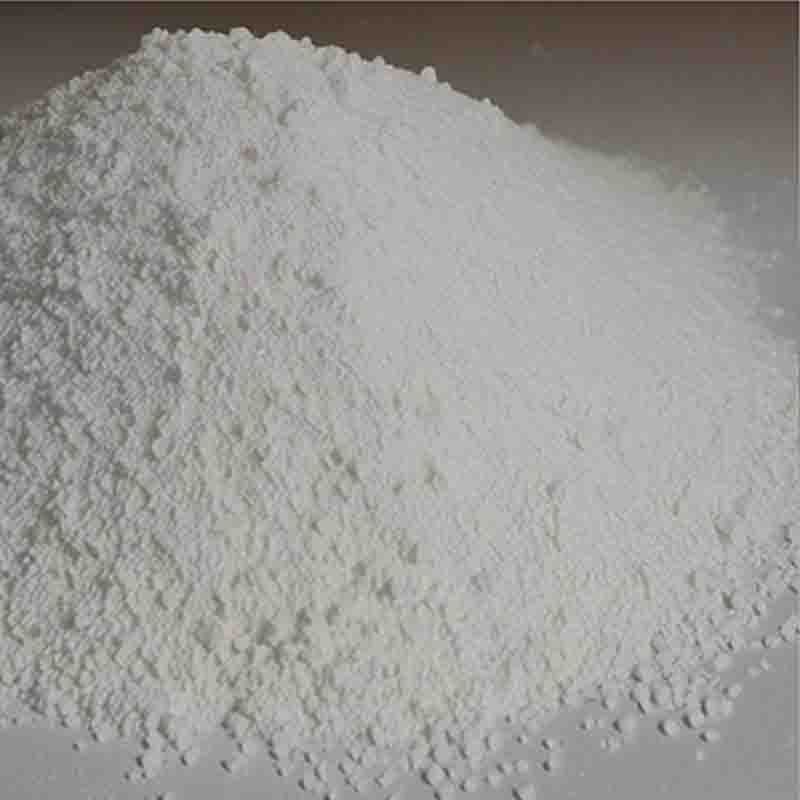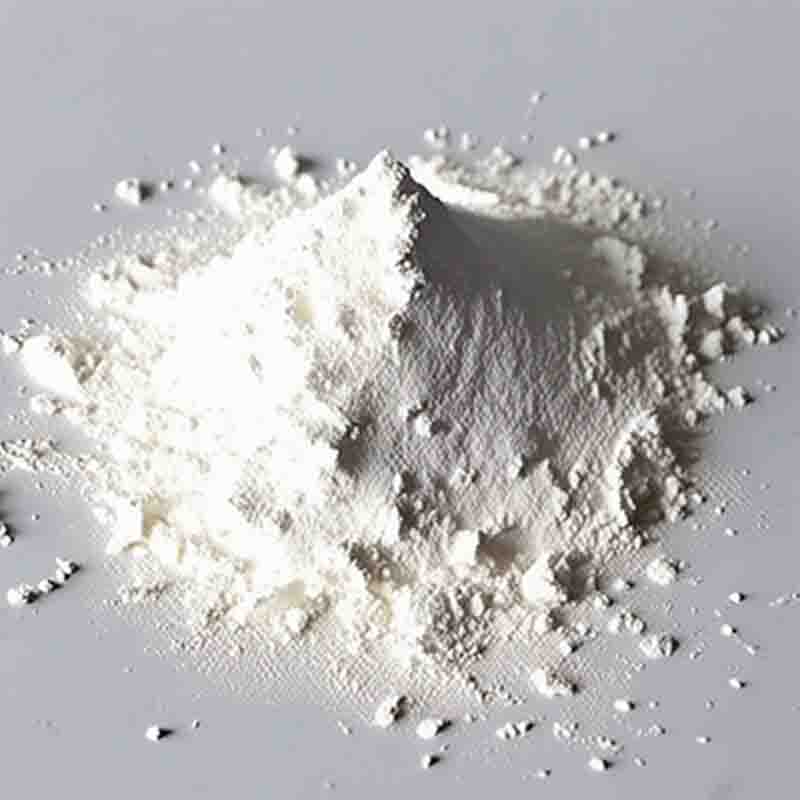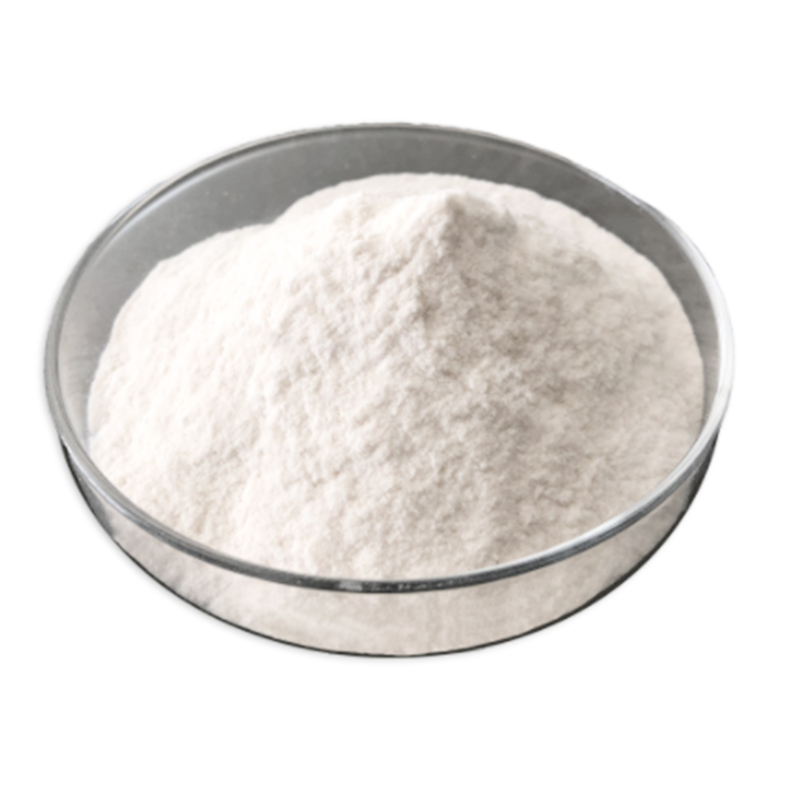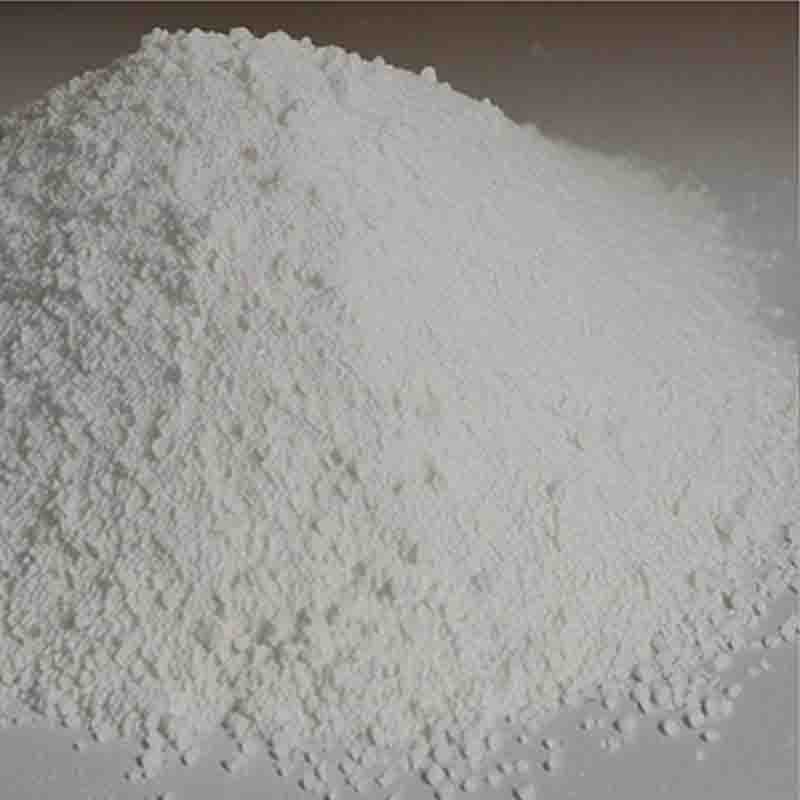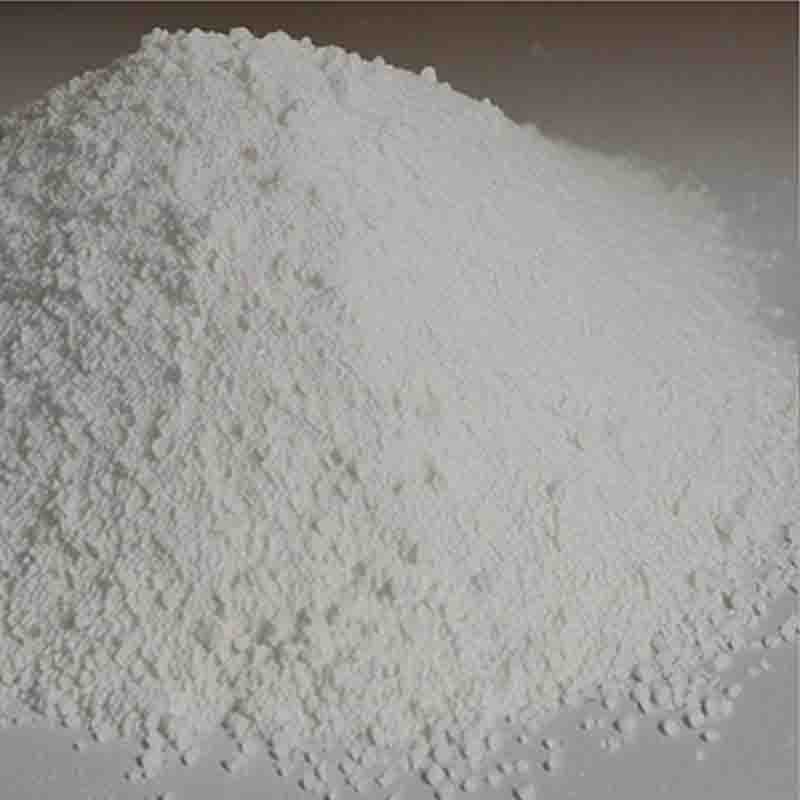4-Chloro-3-nitropyridine CAS:13091-23-1
| Catalog Number | XD95929 |
| Product Name | 4-Chloro-3-nitropyridine |
| CAS | 13091-23-1 |
| Molecular Formula | C5H3ClN2O2 |
| Molecular Weight | 158.54 |
| Storage Details | Ambient |
Product Specification
| Appearance | White powder |
| Assay | 99% min |
4-Chloro-3-nitropyridine is an organic compound that belongs to the class of pyridine derivatives. It possesses unique properties and has various effects and applications in different fields. In this essay, we will discuss the effects and applications of 4-Chloro-3-nitropyridine within 300 words.One of the significant effects of 4-Chloro-3-nitropyridine is its ability to act as a versatile building block in organic synthesis. Its chloro and nitro groups (-Cl and -NO2) make it highly reactive towards nucleophilic and electrophilic molecules, enabling it to undergo diverse chemical reactions. This reactivity can be exploited in the synthesis of various organic compounds, such as pharmaceuticals and agrochemicals. The introduction of 4-Chloro-3-nitropyridine into the chemical structure of these molecules can lead to the development of new compounds with enhanced properties and activities.Furthermore, 4-Chloro-3-nitropyridine has been studied for its potential as a useful intermediate in the synthesis of biologically active compounds. Its unique structure provides a versatile platform for the introduction of specific functional groups or modifications. This compound can be used as a starting material in the synthesis of pharmaceuticals, agrochemicals, and other specialty chemicals. It allows for the development of new molecules with desired properties and activities.Additionally, 4-Chloro-3-nitropyridine has been found to possess antimicrobial activity. Research studies have shown that this compound exhibits inhibitory effects against various bacteria and fungi. Its antimicrobial properties make it a potential candidate for the development of new antimicrobial agents. It can be used in the formulation of antimicrobial coatings, disinfectants, or pharmaceuticals to prevent the growth and proliferation of microorganisms.Moreover, 4-Chloro-3-nitropyridine has been investigated for its potential as an agrochemical. Studies have demonstrated its efficacy in controlling pests, such as insects and fungi, that can cause significant damage to crops. By incorporating this compound into the formulation of agrochemical products, it can help protect plants and improve agricultural productivity.In conclusion, 4-Chloro-3-nitropyridine is a versatile compound with significant effects and applications in organic synthesis, pharmaceutical research, antimicrobial development, and agriculture. Its reactivity as a building block and its ability to exhibit antimicrobial properties make it valuable in the development of new organic molecules and antimicrobial agents. Furthermore, its potential as an agrochemical highlights its importance in supporting sustainable agriculture. Nevertheless, further research and evaluations are necessary to fully explore its potential, understand its mechanisms of action, and ensure its safe and effective use in various applications.


